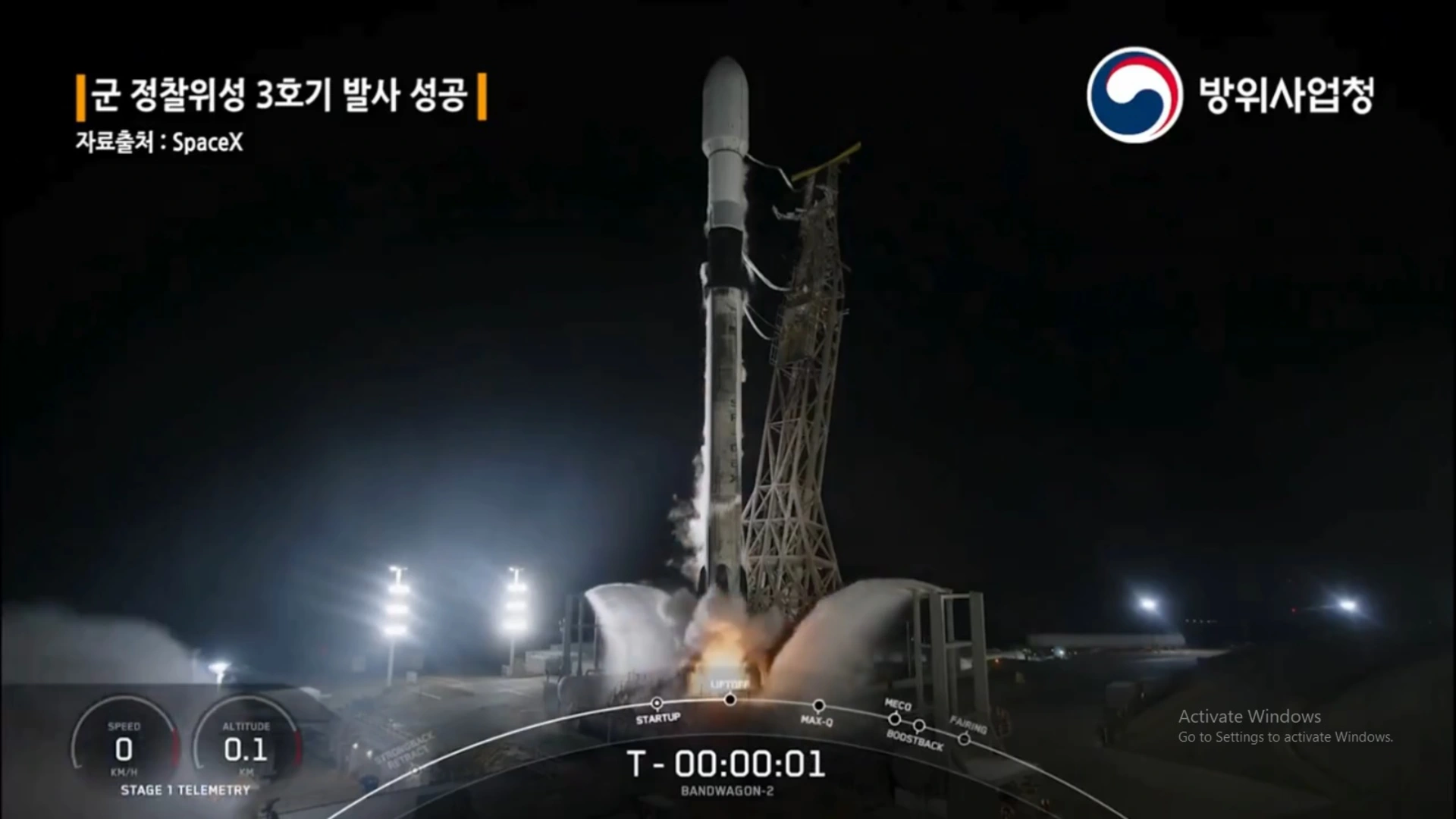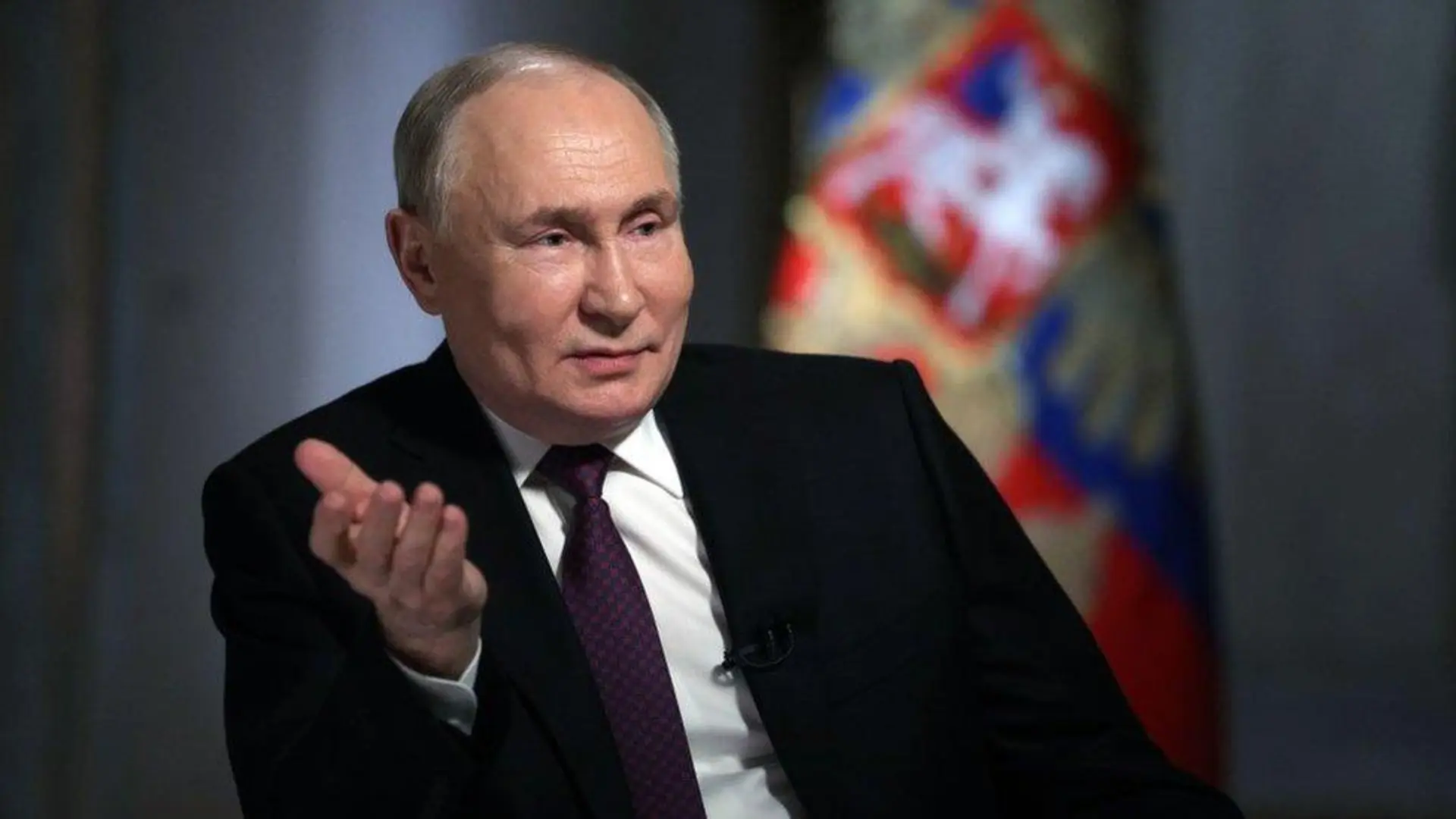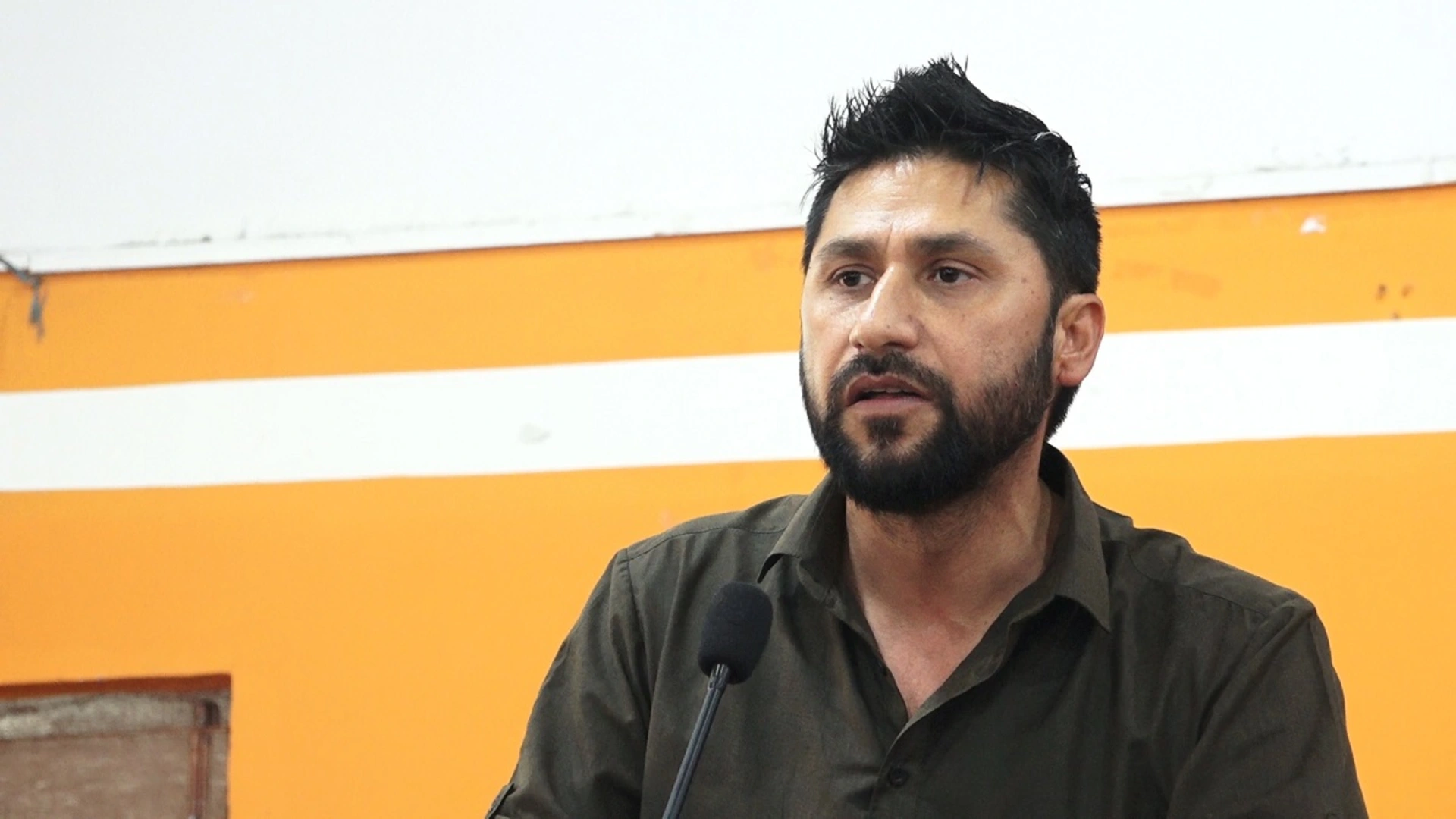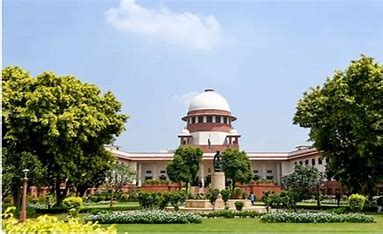In a recent interview with Hindustan Times, ISRO Chief S. Somanath addressed the challenges faced by Indian-origin astronaut Sunita Williams, who has been on an extended space mission for the past six months. The delay is attributed to issues with the spacecraft developed by Boeing, which has affected the planned return schedule.
Challenges with the Spacecraft
Somanath explained that the mission involved testing a new spacecraft, which has experienced some technical issues. “There were teething troubles with the spacecraft before the mission. After docking with the International Space Station (ISS), we identified anomalies including helium gas leaks and malfunctioning thrusters,” he said.
The ISRO Chief noted that these problems have necessitated further analysis. Boeing, the spacecraft developer, is conducting additional simulations to ensure the spacecraft’s safety for a return mission.
Extended Mission and Safety Concerns
When asked about the term “stuck in space,” Somanath clarified that while the situation might appear critical, it’s part of a careful assessment process. “Sunita Williams is not truly stuck; rather, her stay is extended while we ensure the spacecraft is safe for return,” he stated.
Williams, a veteran astronaut, is experienced in extended stays on the ISS, which mitigates some concerns. The primary focus remains on ensuring that the spacecraft’s systems, including its control and thermal protection systems, function correctly for a safe return.
Implications for Future Missions
Somanath emphasized the lessons learned from this situation for India’s Gaganyaan mission. “We need to be prepared for technical issues that could arise. Planning for such contingencies is crucial for the safety of our astronauts,” he said.
He highlighted the importance of designing spacecraft that can handle unexpected challenges, ensuring that India’s space missions are robust and safe.
Conclusion
The extended mission of Sunita Williams underscores the complexities of space travel and the critical need for thorough testing and preparation. As ISRO continues to monitor the situation, the lessons learned will be invaluable for future space endeavors, including the ambitious Gaganyaan mission.







